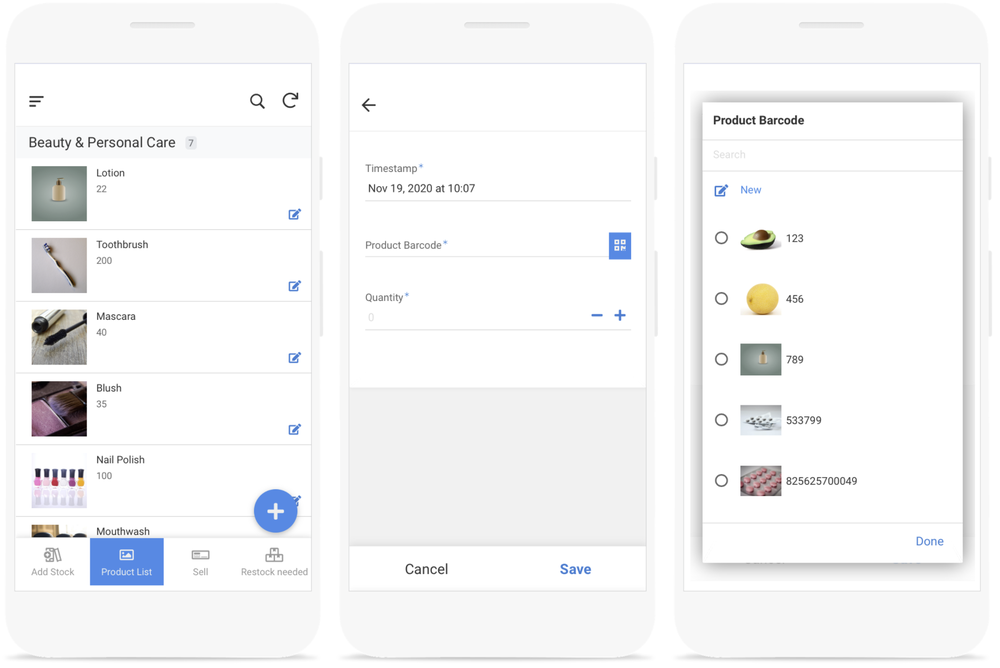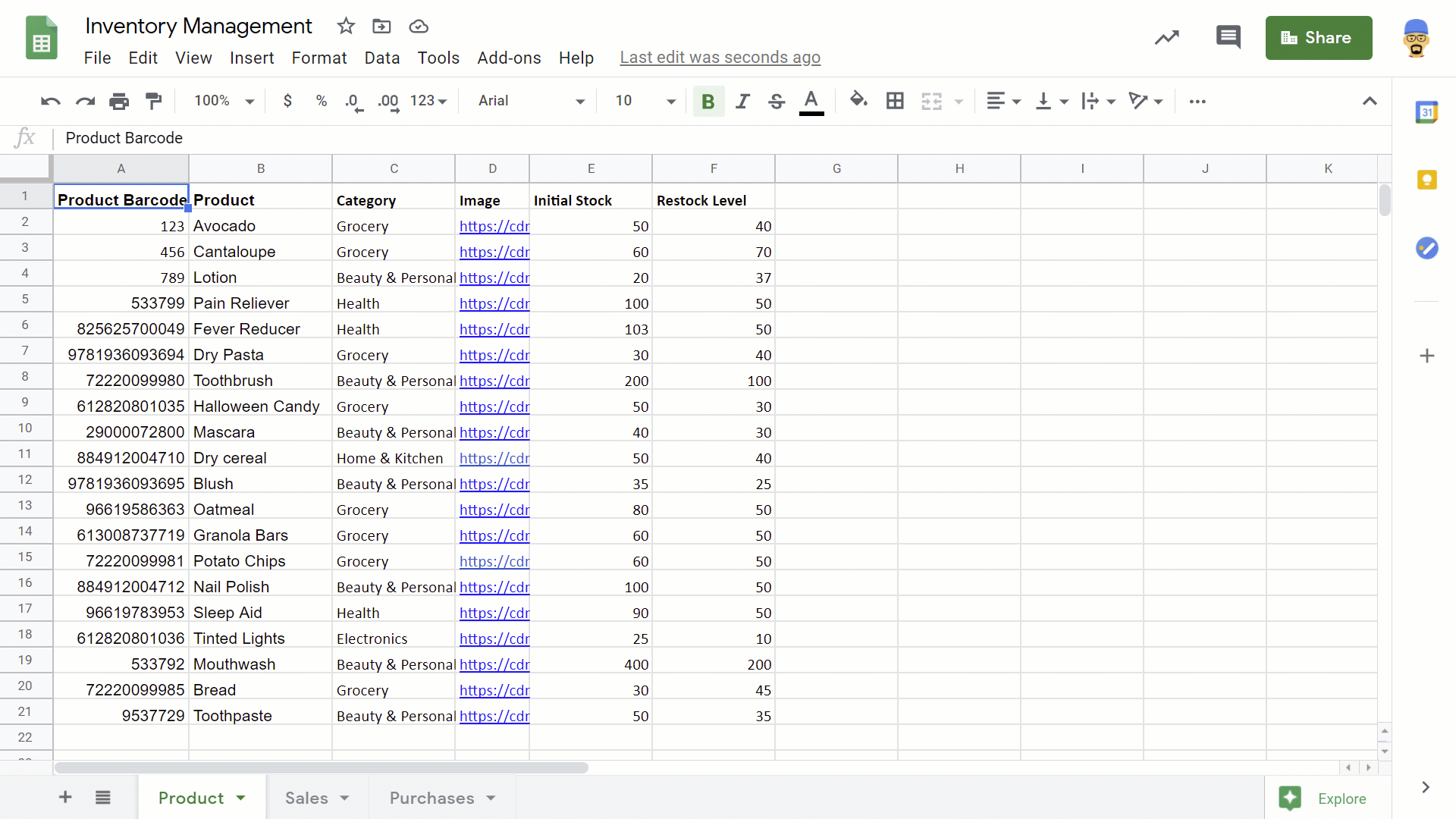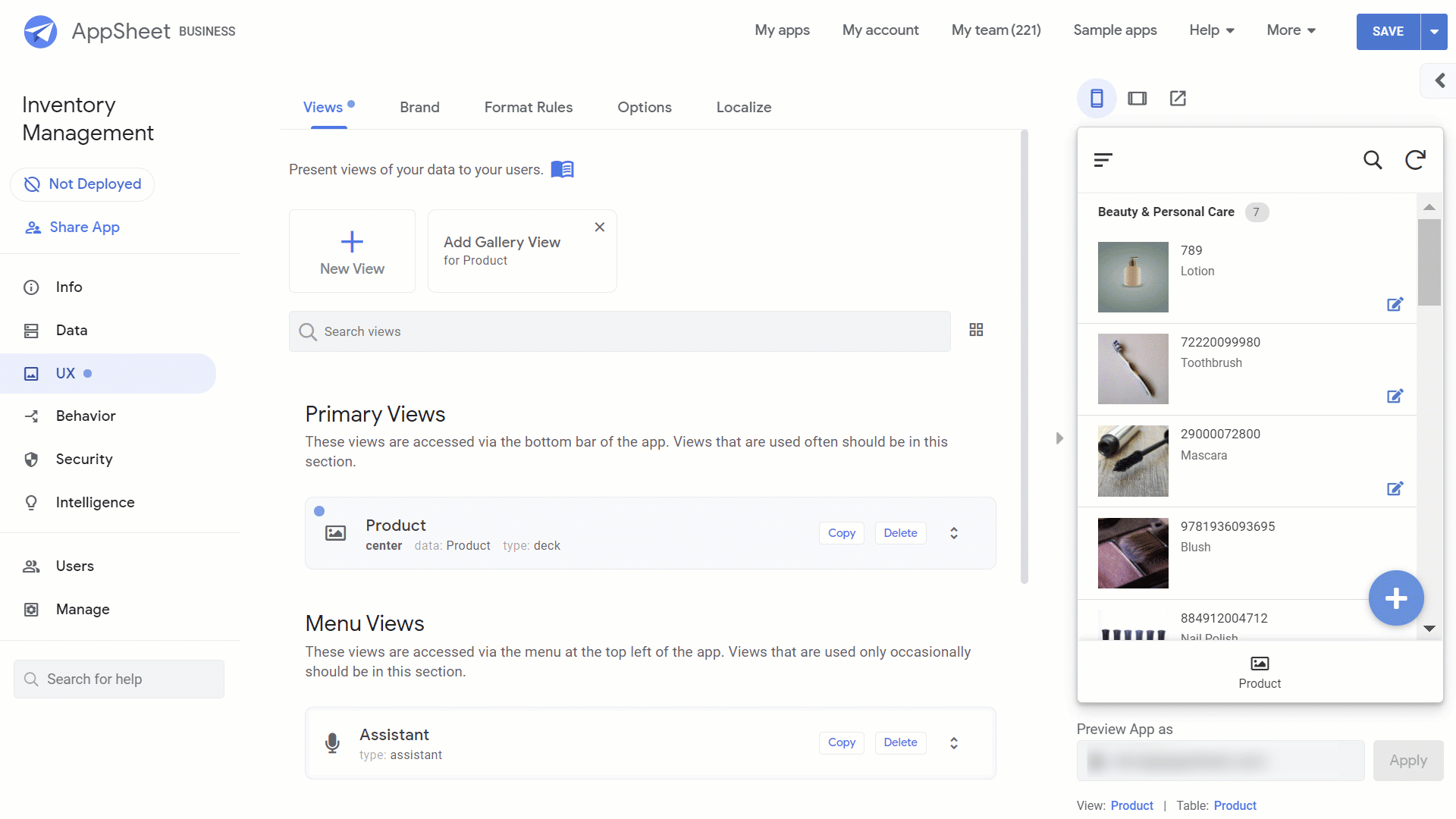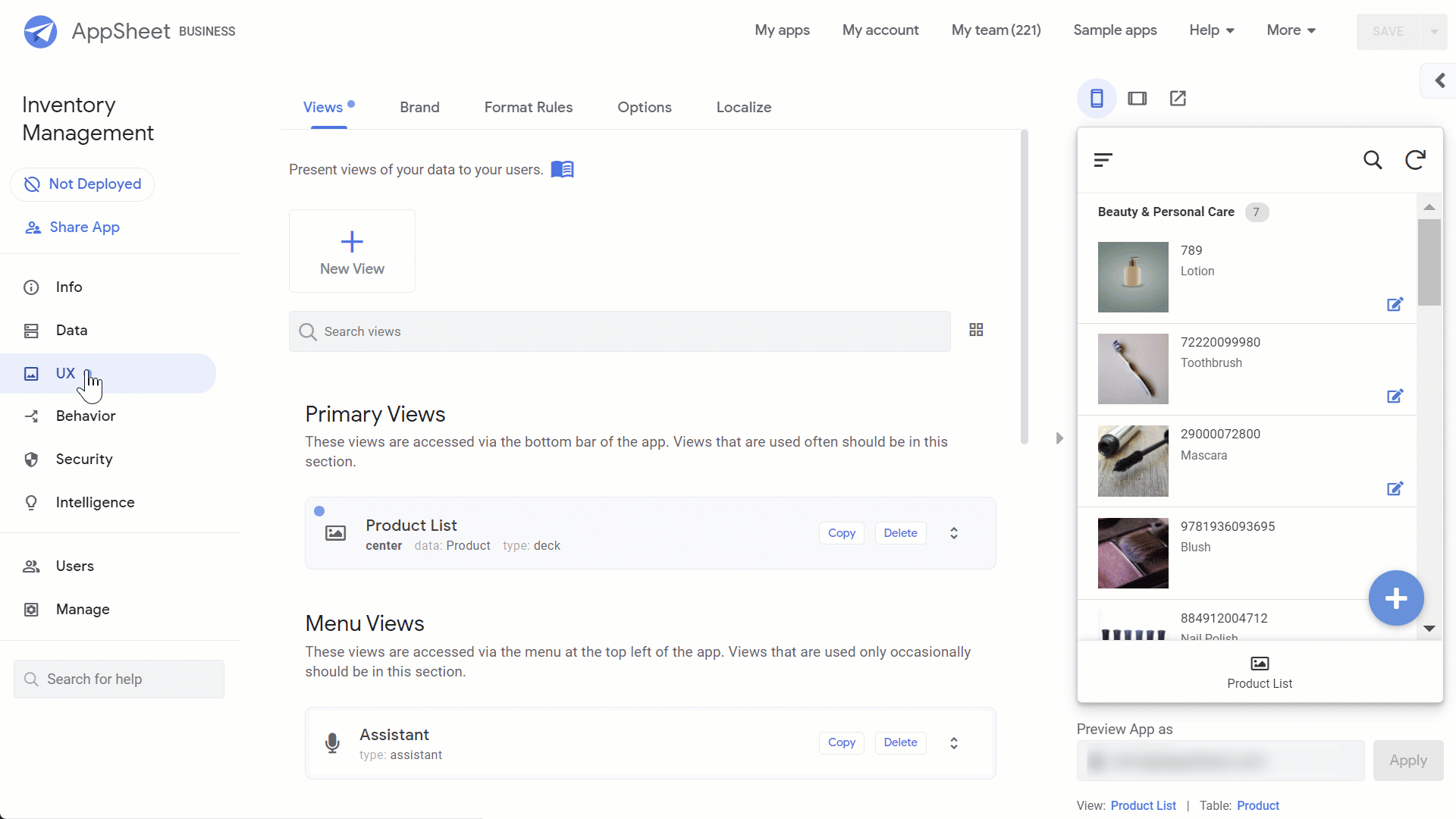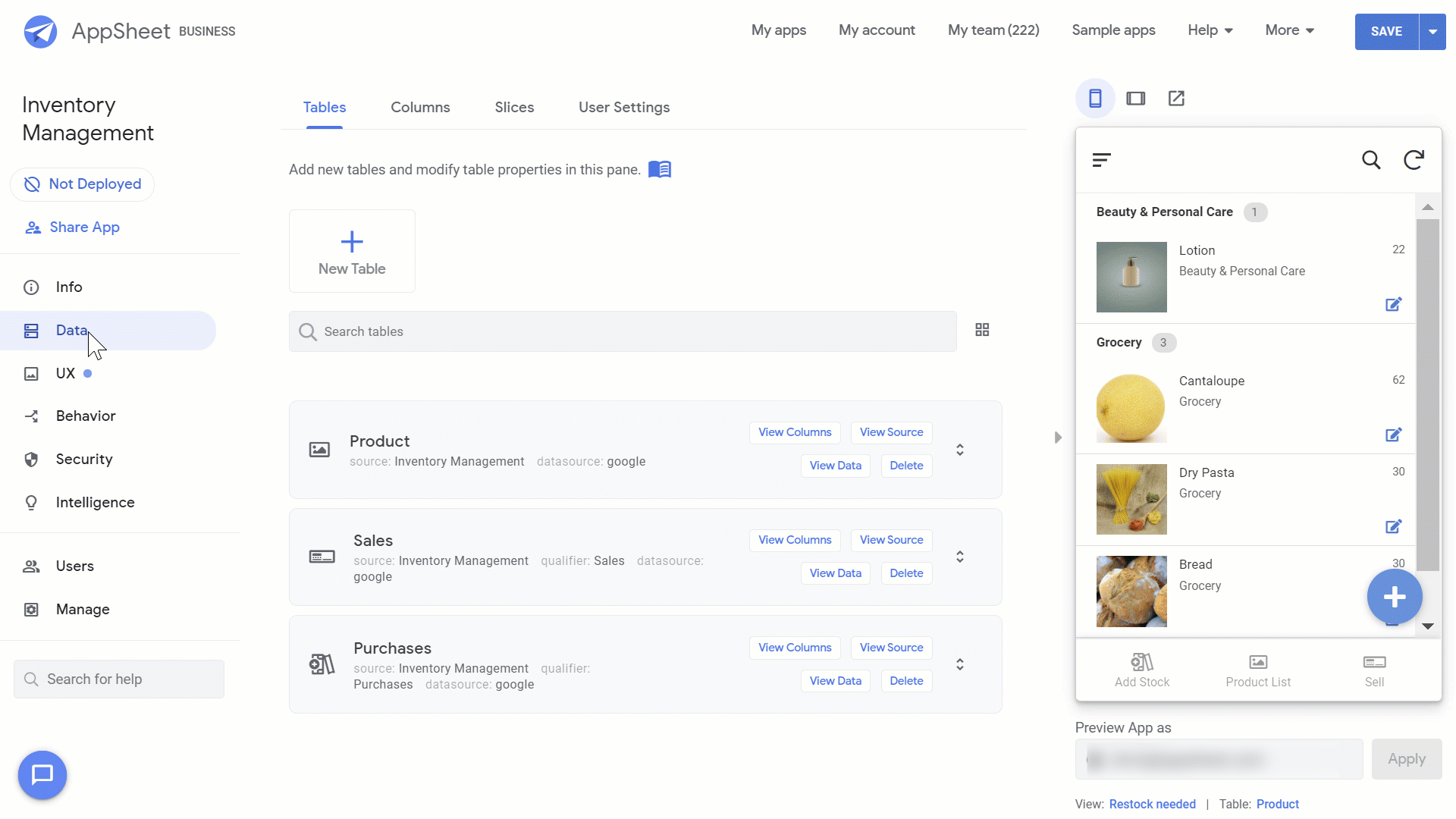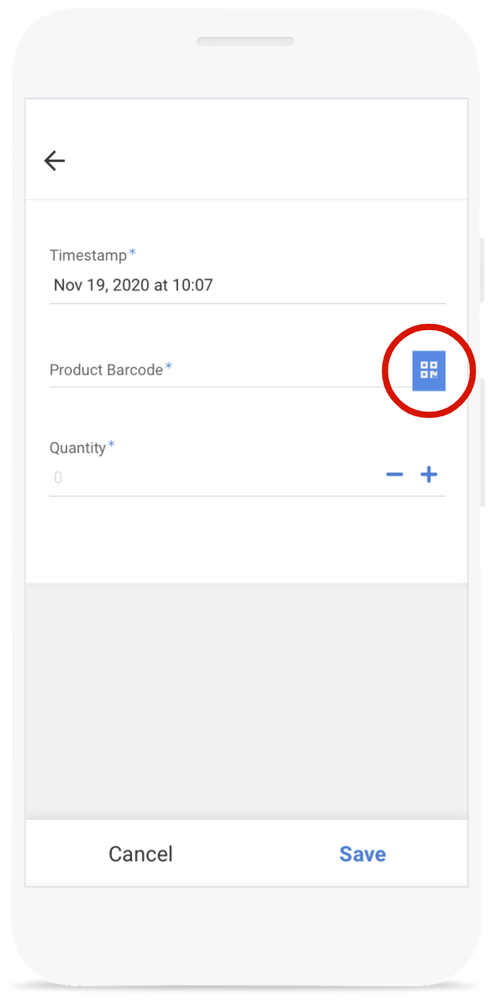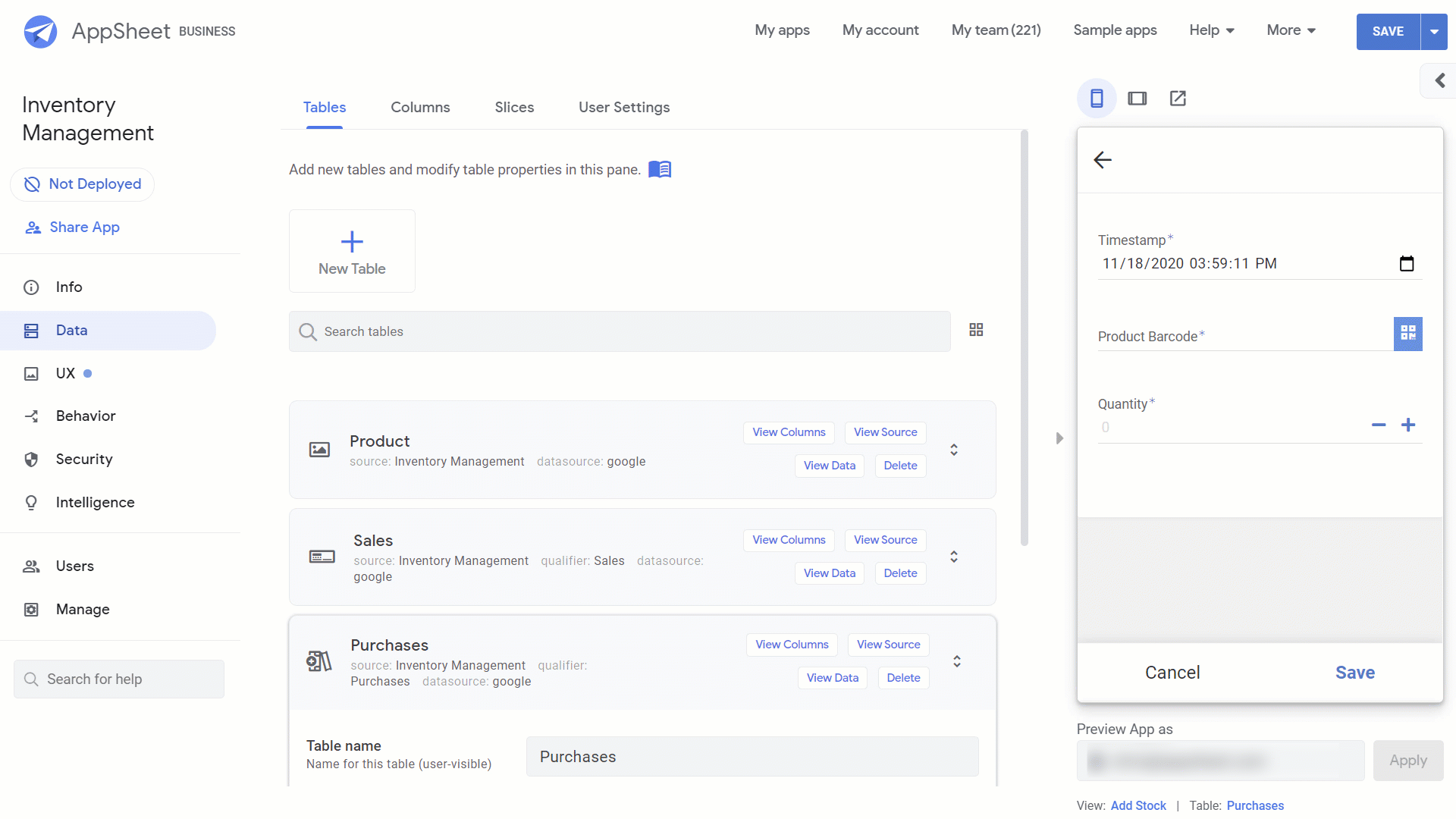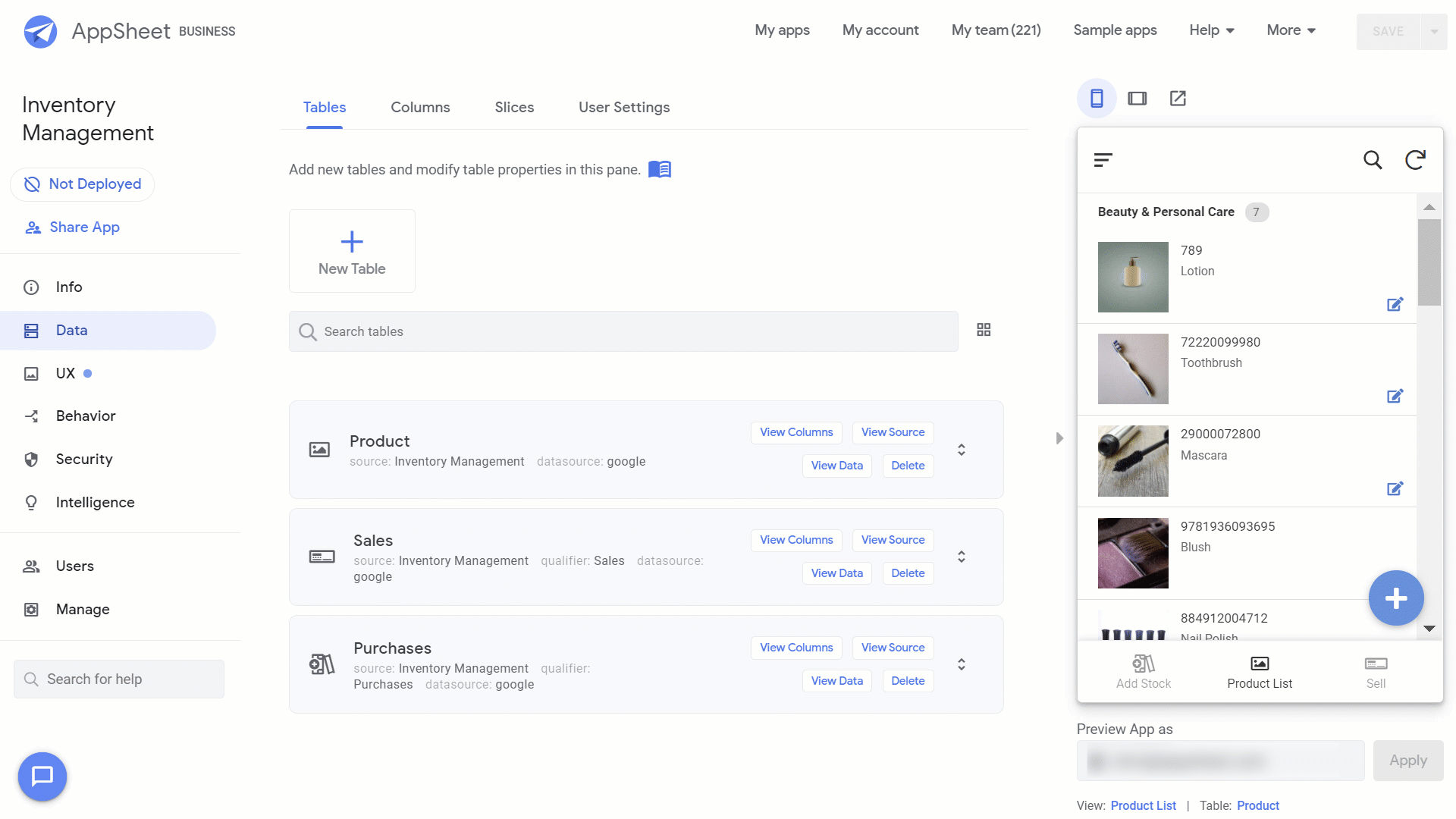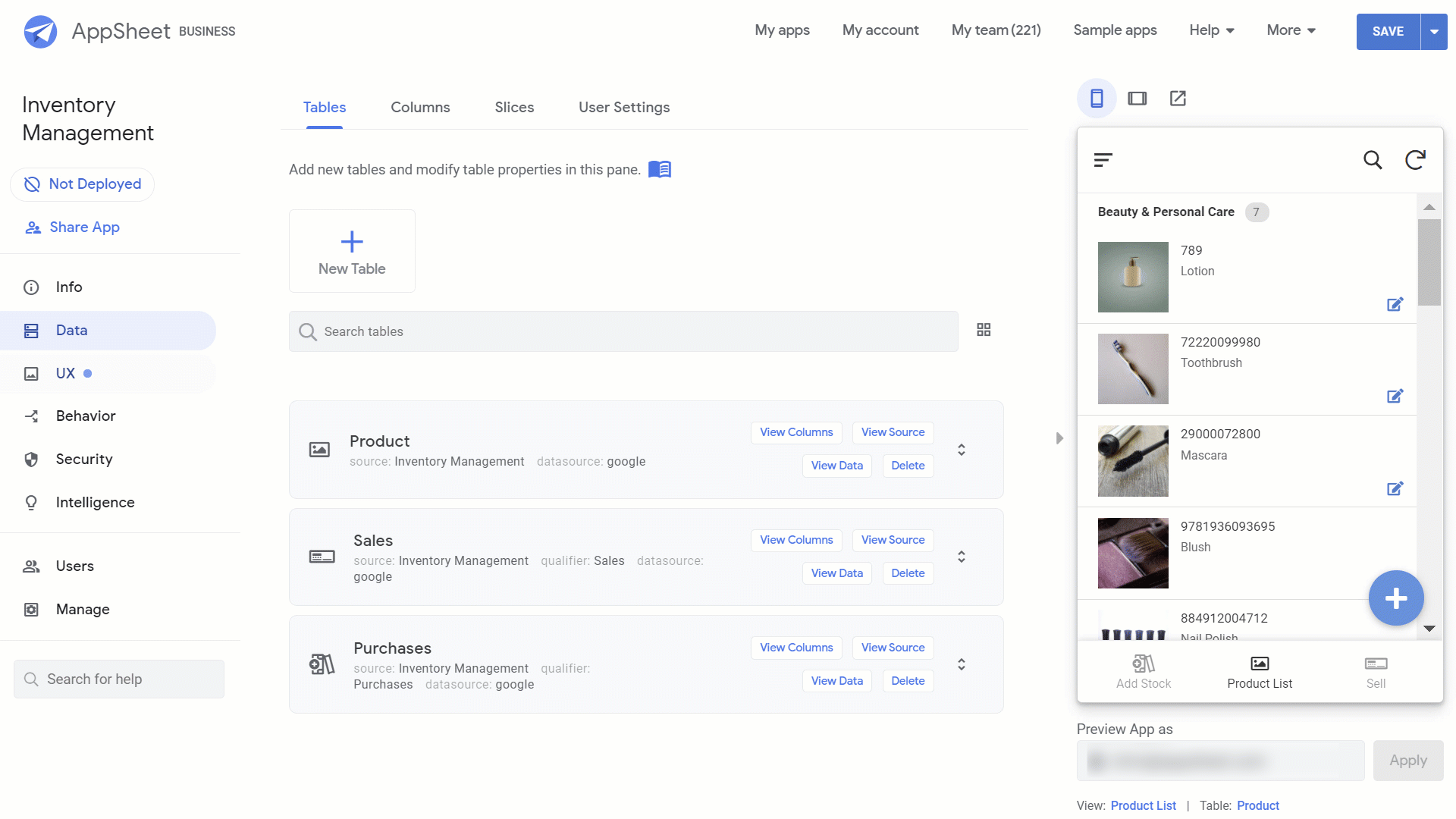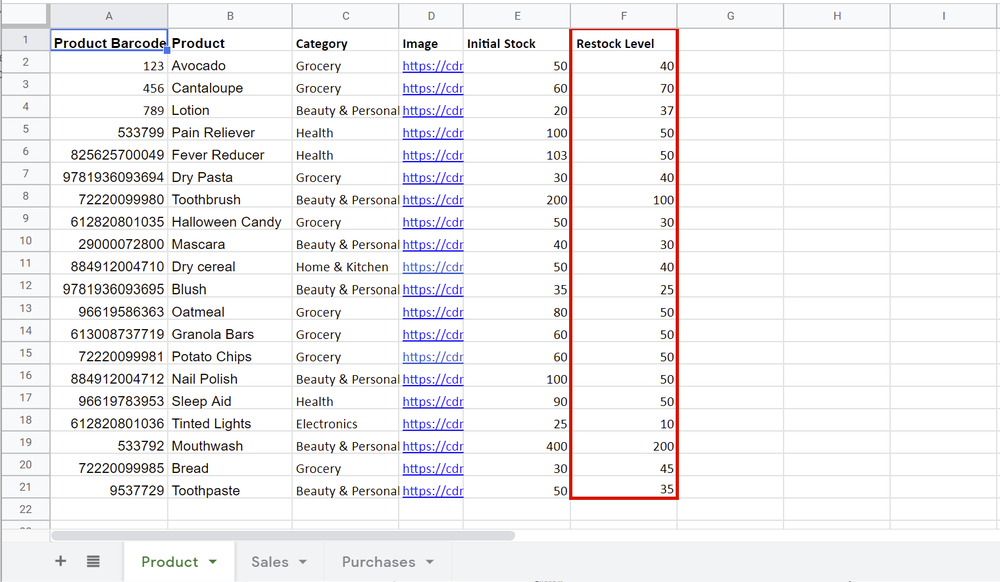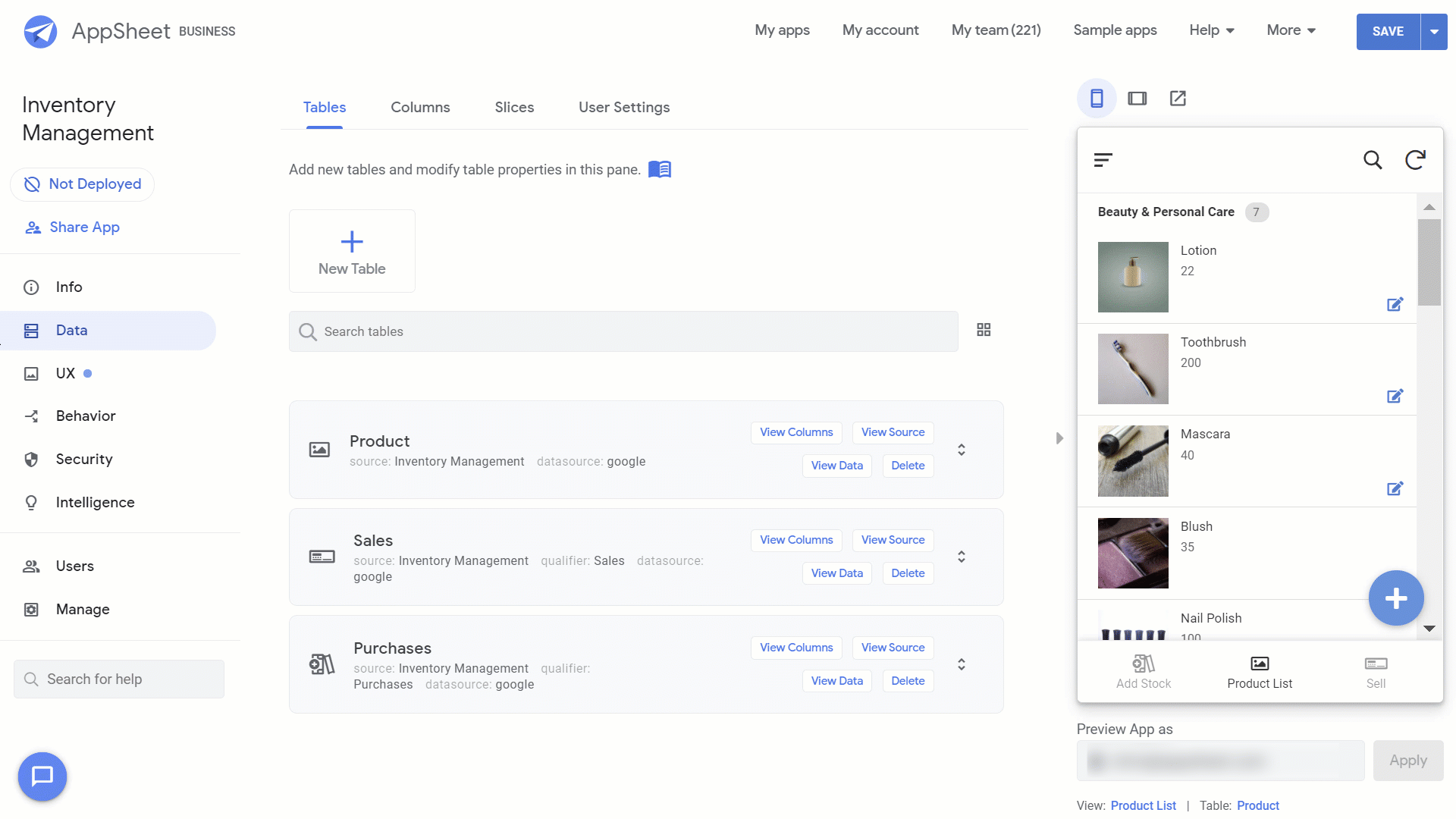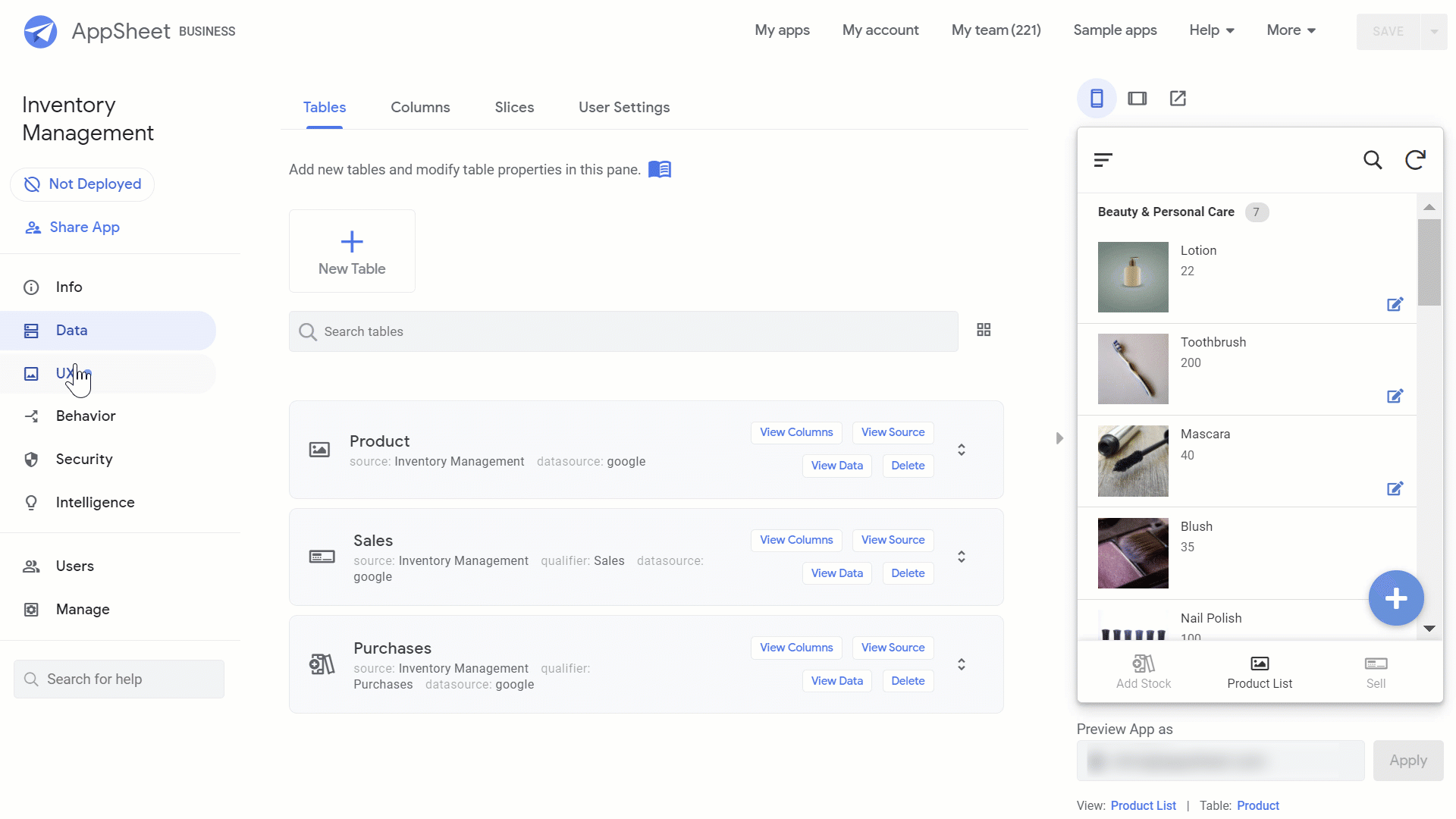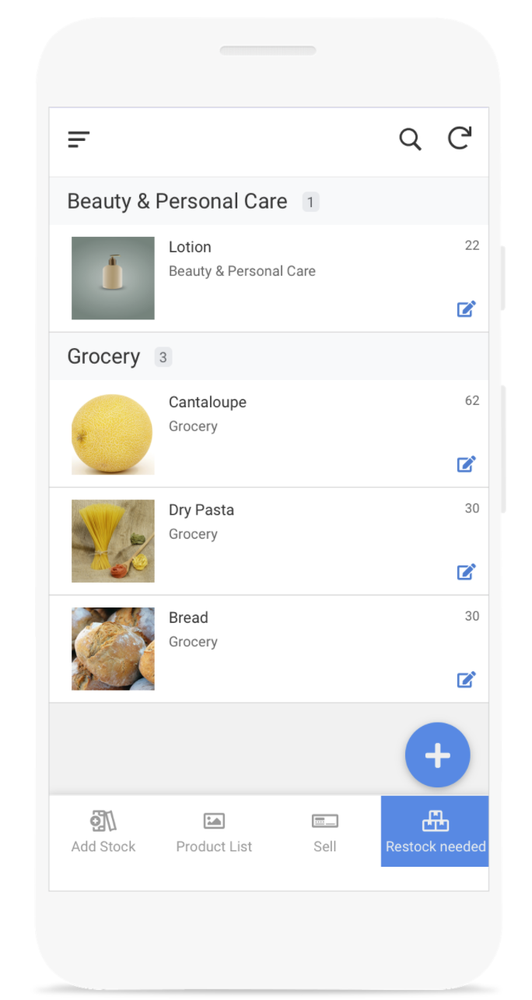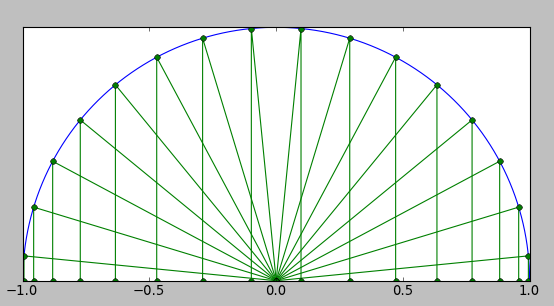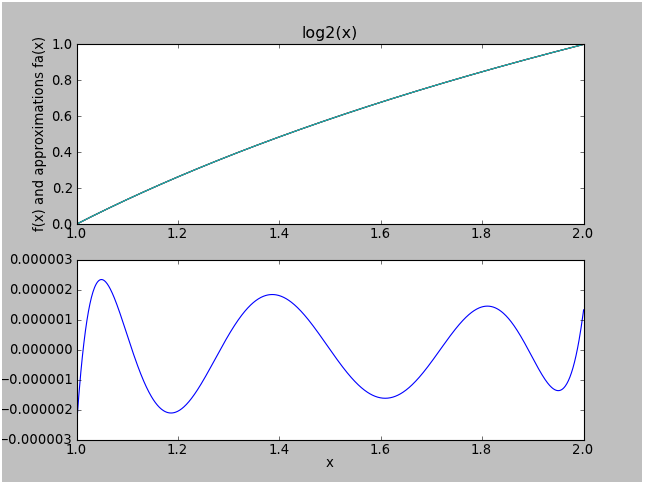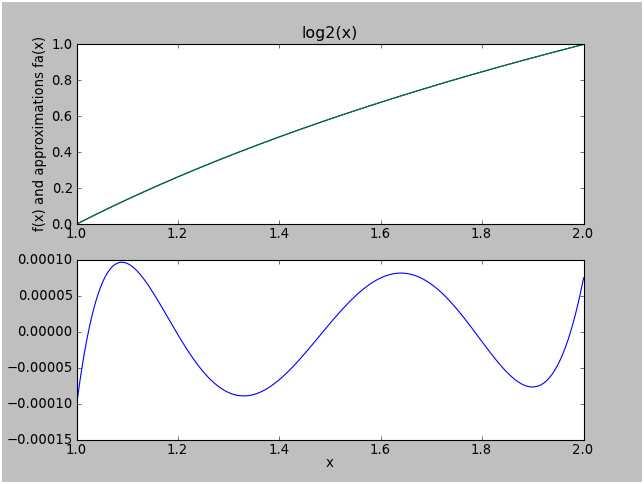Create an inventory management app from Google Sheets with AppSheet
Google Cloud’s AppSheet lets you create apps without writing a line of code. From managing to-do lists to tracking your dog’s habits, you can now create apps to simplify your life.
We often see people building inventory management apps, whether it’s to run a large retail business or just to sell products as a side job. Normally, tracking inventory can be difficult, especially if you’re doing it in a spreadsheet or database. With AppSheet, however, you can make inventory tracking much simpler by building your own tailored inventory management app.
In this post, we’ll show you how you can build an inventory management application with AppSheet in a few steps. The app we’ll create will include the following features:
Use barcode scanners to record stock in and stock out
Automatically calculate current stock level
Display what items need to be restocked
We’ve already built this app, so if you want to use it to follow along or start using it now, you can access it here. Here’s a look at the app:
Let’s build your inventory management app.
Step 1: Organize your data and generate your app
AppSheet apps connect to data sources, such as Google Sheets. But before connecting your data to AppSheet, you’ll want to make sure it’s set up appropriately. Set up your data with column headers in the first row, and rows of data underneath.
To set up the data for this app, we created three tables in a Google Sheet (that you can copy here):
“Product” for all product information
“Sales” for items sold or removed out from stock;
“Purchases” for products added to stock.
Now, let’s turn this data into an app. If you’re in Google Sheets, you can go to Tools>AppSheet>Create an App, and AppSheet will convert your data into an AppSheet app.
AppSheet will automatically add one of your data tables to your app. You can add the other tables by going to Data>Tables>Add a table.
It’s also created a view for you, showing the Products. You can create additional views for the other tables by going to UX>Views, select New View, name your view, and set the view type to form. We’ll call our views Product List, Sell, and Add Stock.
Step 2: Set up the barcode scanner
AppSheet can use the camera on your mobile device to capture barcoded data. To do this: Go to Data>Columns in the AppSheet Editor and mark the “Product Barcode” column in both the “Purchases” and “Sales” tables as searchable and scannable.
Your app is now ready to record any inventory movement, whether it is stock in or stock out. All you have to do is to tap on the barcode scanner button (under “Add Stock” or “Sell” view) and scan the item.
Step 3: Calculate the real-time inventory level
We want to see the current inventory level of each item in our app. The calculation formula is pretty simple:
Current stock level = initial stock + stock in – stock out
To set it up, the first step is to configure our app to automatically record real-time inventory levels. You can do this by linking the data in the tables together. Since every table includes a column for the product barcode numbers, use that data to link the apps.
We’ll connect our Product Barcode columns in the “Sales” and “Purchases” sheets with the Product Barcode column in the Product sheet. To do this: Go to Data>Columns> Sales, and click on Product Barcode and edit the column definition by following the three steps below:
Name the Column “Product Barcode”
Select Ref on the Type drop-down list
Select Products as ReferencedTableName
Then repeat these same steps for the Purchases table.
Now let’s tell our app how to calculate the inventory level! Go to Data>Columns and in the “Products” table select Add virtual column. Add this app formula in the popup box:
COUNT([Related Purchases]) - COUNT([Related Sales]) + [Initial Stock].
And that’s it. If you go to UX>View>Product List view, you can select either the Deck view or Table view, then select Current Stock as one of your headers. You will see every product’s Current Stock level.
Step 4: Display “Restock Needed” for low inventory products
Inventory managers need to make sure there is enough inventory to sell and that shelves are full. This final step will set up a view that shows which items need to be restocked.
1. Set a restock level for every product. This will likely be different for each product. To determine the right number, you can review historical data and check out your demand forecast.
2. Create a slice. Go to Data>Slices, select Create a slice and name it “Restock Needed.” Set the Source Table as Product and the Row Filter Condition to be: [Current Stock] <= [Restock Level]. This formula says, “Give me the data if a product’s Current Stock level is lower than or equal to Restock Level.”
3. Create a view for the slice. Go to UX>Views and select New View. Choose Restock Needed (slice) as your data source, and choose the view type you want (we went with the deck view type).
Now we can see all the products that need to be restocked.
Congratulations, you now have a working inventory management app! From here you can customize it and add additional functionality, such as email notifications, themes, and new views. If you ran into any issues building your app, check out our help articles or ask a question on the AppSheet Community.
